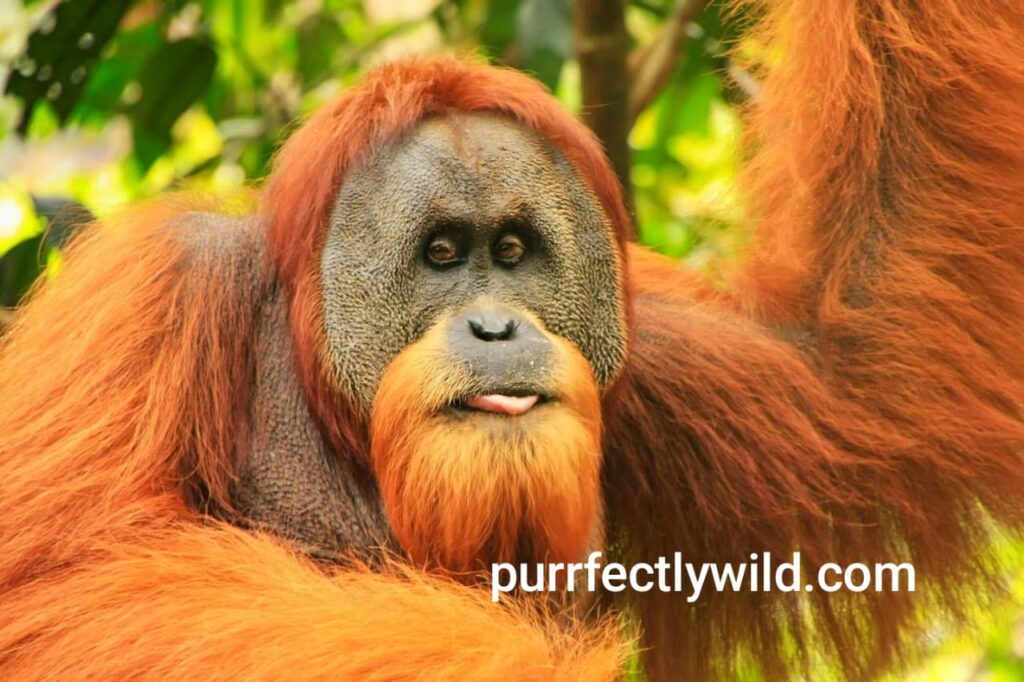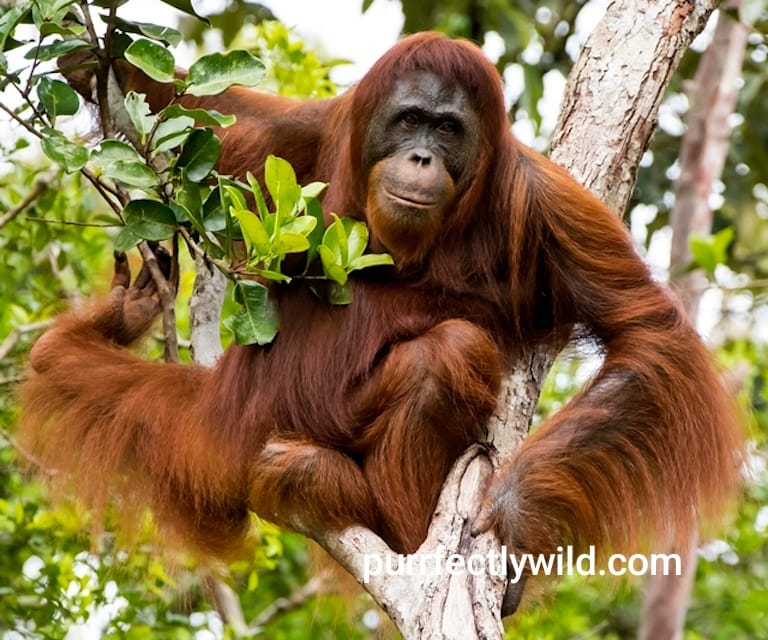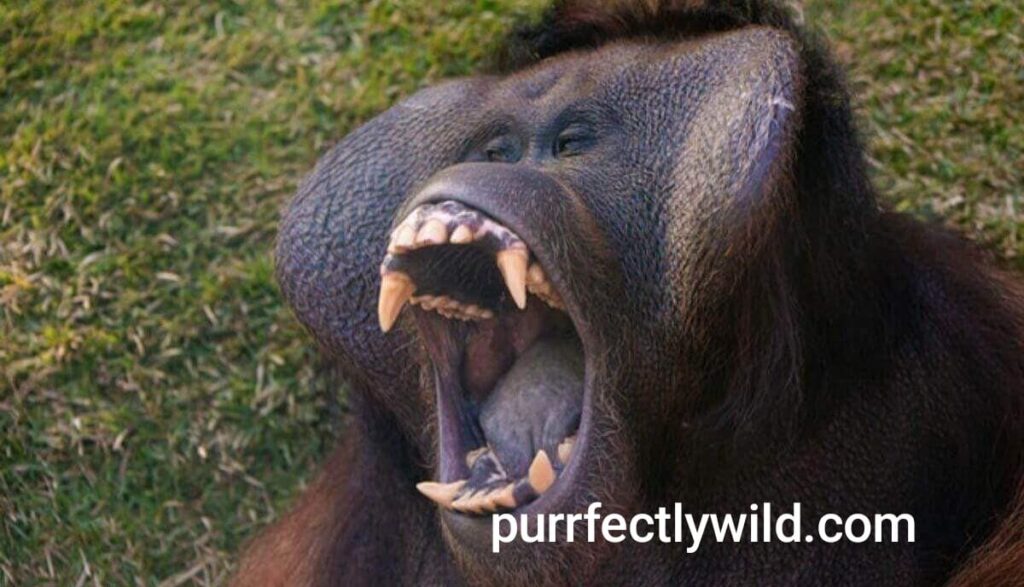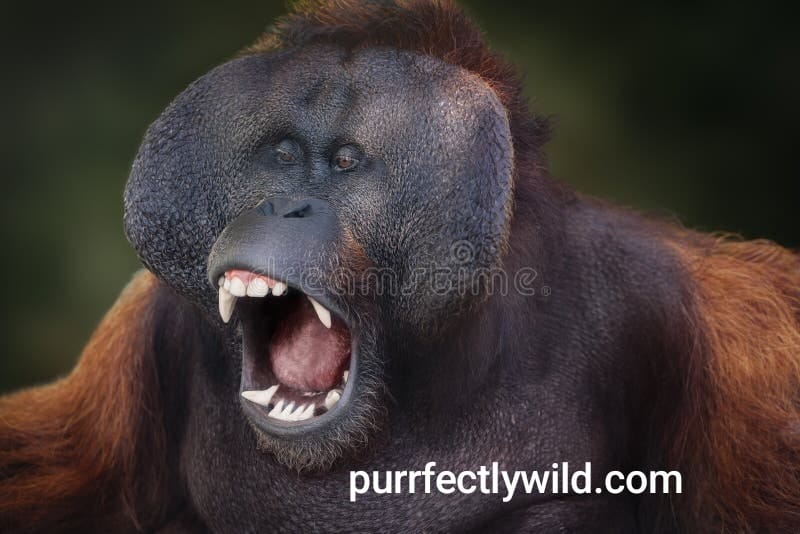Introduction to Orangutans
Orangutans represent a sensitive and insightful topic to the general public and scientific community. Orangutans consist of two species, Sumatra and Borneo orangutans, Pongo abelii and Pongo pygmaeus. These two known species are derived from genetic and morphological differences. These two species are also differentiated by behavior, habitat, social structure, and diet. Morphological and genetic studies provide insight into their classification and relatedness in primate evolution. Pongo is estimated to be 13 to 16 million years ago that they shared a common ancestor with the human beings line. The phylogenetic reconstructions of hominoid relationships are frequently based on genetic, morphological, molecular biological, or paleontological data analysis. The results of molecular studies suggest relationships that conflict with other data.
Additionally, teeth in primate dentistry and oral anatomy have been considerably used to develop phylogenetic relationships because of independent data. Also, age estimation, dental growth, sexual dimorphism, sexual selection, mother-infant relationships, body mass, diet, niche reconstruction, phylogeny and evolution, and taxonomy of primates have been studied as some part of primate population dental anatomy.
Nonetheless, it is essential to know the anatomy of the teeth and oral structure. Therefore, understanding tooth and oral anatomy of orangutans is crucial to population management in breeding centers, wildlife reserves, and zoos. Also, to provide an individual’s nutrition for growth, health, and welfare softly and effectively, teeth and oral structure were used to research the relationships among different species.

Overview of Orangutan Species
This is one of the two species of orangutans — Sumatran orangutan (Pongo abelii), which inhabit much further west on Indonesia around an island named Sumatra than Bornean Orangutans do in spite inhabiting only a pair of islands now called by its name, the other being Java Island. They also have minor differences in appearance, Sumatran orangutans having boosted facial length and more hair than Bornean orangutan. Additionally the face of a Sumatran orangutan has some color other then black that is vibrant ginger hair growing in localized patches on their cheek pads and chin, while Bornean have faces that are predominantly devoid of any visible pigmentation.
To date, the authors of papers written on nonhuman primate teeth have typically limited themselves to reporting dimensions among primates without testing for covariate biological factors that also might predict tooth morphology – sex [1], age (but see Almecija et al. 2010), diet [64], use of teeth in mastication or no problem related with hypertrophied dental wear and cariogenesis etc.. For humans there are such predictors, but given the changes in nonhuman primate tooth use they also will likely depend on a range of biological factors as well. This work on nonhuman primates may have been hampered, however, by the fact that several studies of nonhuman primate teeth did not take into consideration the reliance between dental measurements.

Structural Features of Orangutan Teeth
Orangutans have a unique body design that enables them to dwell in dense trees, extending to their teeth.
Orangutan dentition suggests that there may be an evolutionary interaction between diet and lifestyle with the ecology of Bornean forests, their primary habitat. Different types of teeth are made for other jobs, and after millions upon millions of years in use together, they work seamlessly to process an orangutan’s food.
Types of Teeth in Orangutans
Orangutans have pretty simple teeth: incisors, canines, premolars, and molars. The role of each type in the process of feeding by our protagonist and representative food types are;
Incisors: Incisors are found at the front of the mouth and help to bite, slice through, or peel food items such as fruits. The incisors of orangutans are broad and flat, ideal for bark stripping, husking, or opening hard-skinned fruits.
Canines, or fangs: The canines are the most distinctive and readily identifiable teeth an orangutan possesses. These long, sharp teeth are more for show and protection than eating. Males, especially, have very robust canines, and typically, these are the weapons with which they intimidate enemies of their own sex or subject males.

Premolars: The premolars are located behind the canines and have a flat surface with ridges suitable for grinding food. Orangutans have premolar teeth to help grind up tough plant stuff before swallowing it.
Molars: Molars are the biggest and stouter teeth of their mouths in the back. With ample surface area, one that is wide and shallow affords you the ability to throw plenty of food in there to pound or grind down. The molars are paramount in crushing fibrous plant material, a large percentage of an orangutan’s diet.
These teeth are affected in size and shape by the diet and environment of an orangutan. Orangutans living in one place may have minor, delicate teeth that evolved to harvest lots of fruit. In contrast, orangutan populations elsewhere who live more off tough plants can grow stronger jaw muscles and more giant beefier teeth able to crack through them.

Modifications in Diet and Tooth Form
Food consumption habits are significant characteristics that affect the morphology of teeth in orangutans. Orangutans are also frugivorous garden mitlılarında ring-toothed ogres,%96 vegetable material in foods, and the teeth to adapt themselves to take care of several fruits have provided that. Their diet is incredibly diverse, and they include leaves, bark, or insects on their menu based on the abundance of this high source of protein foods. This kind of flexible diet is indicated by the characteristic teeth of the primates, whose structure accommodates a broad range of different types of foods.
Diet and Tooth Structure President Oral Cavity
The relationship between diet and tooth structure in orangs is complex. The most immediate determinant of tooth shape is the requirement to process complex, woody plant material. This is seen in the heavy, flat-like molars that grind food to a millable consistency. The premolars also assist with grinding up rigid plant material, and the incisors are for peeling back or stripping bark.
Factors besides diet, such as sex and the environment of the orangutan, affect the formation of teeth. Some of these features are well known; for instance, males tend to sport relatively larger canines than females do as weapons and nothing hazardsome in themselves. However, they may also have subtly relaxing effects on predators that prey against human beings anyway.
The deformability of orangutan teeth speaks to their evolutionary success. For example, due to their ability to consume many types of foods, they can live in areas where the dietary niche fluctuates, and availability is less predictable. Their behavior and social organization are another sign of their adaptability, along with changes in tooth structure.
Conclusion and Future Research
The detailed study of orangutan dental anatomy provides valuable information on their evolution, diet, and ecology. Scientists can tell a lot about how orangutans have evolved over millions of years to suit their surroundings by analysing their teeth’ strange structure and function.
Further study on this subject could look into the effect of environmental variation on orangutan dentition. Given the increased rates of deforestation and climate change with an attendant threat to the rainforests of Borneo, where P. pygmaeus extant in its northern limits (Tutelar et al., 2008) occur mainly in Sumatra than ever before, one must consider how these changes will affect the diet composition o orangutans danforthier dental health juice them.
They also note that further comparative studies with orangutans and other primates would advance our understanding of the evolution and circumstances of tooth development in these animals. Such insights help researchers safeguard these threatened species’ survival and habitat more effectively.
To conclude, the dental anatomy of orangutans is an exciting topic that provides insight into these marvelous primates. This reiterates the importance of research and conservation to keep such creatures alive for many generations.


